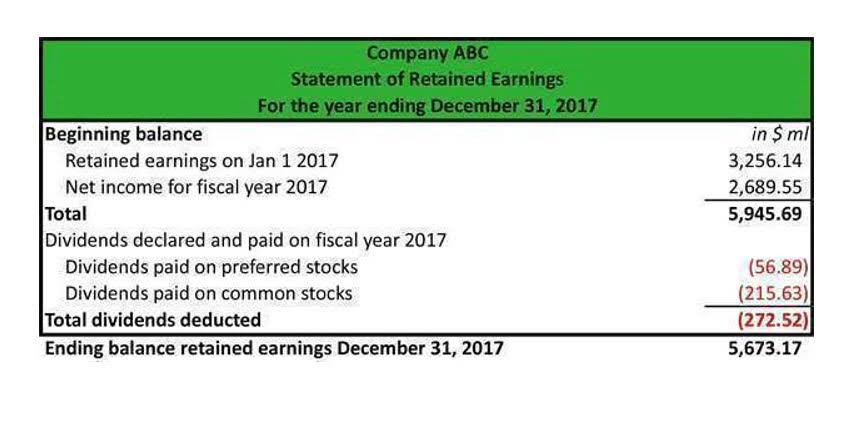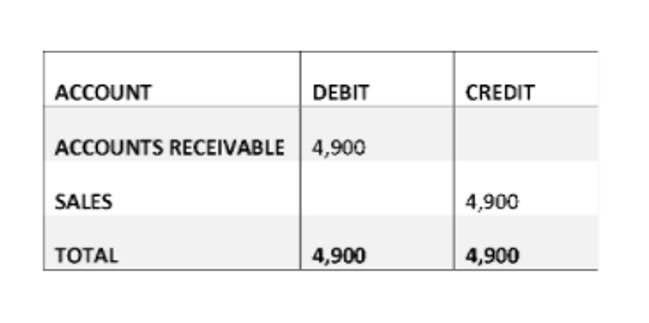
Its management directly influences growth opportunities, operational stability, and financial health. Many accounting tools also integrate with payment gateways and expense management apps, streamlining the entire cash flow process from billing to payment collection and bill settlement. Ultimately, effective cash outflow management requires constant vigilance, planning, and discipline to ensure expenses do not outpace revenues.
Differences Between Cash Inflow and Cash Outflow
Analyzing the inflow and outflow of cash is essential for keeping your business financially healthy. With a complete picture of where your money is coming from and where it’s going, you’ll have the information you need for effectively managing cash inflow and outflow. It’s important to note that only cash received is considered a cash inflow. Pending payments are not an inflow because no cash has actually entered your business. You should also tally inflows from any relevant investing or financing activities (such as interest earned or loan funds received).
Explore Microsoft Dynamics 365 Finance and Operations Together
Upon completion, earn a recognized certificate to enhance your career prospects in finance and investment. Cash outflows can also be recorded in the income statement, where they are referred to as expenditures. A Cash Outflow refers to the movement of money from a business due to various expenses. These expenses are categorized in the cash flow statement and can impact a company’s available cash, although they may not always directly affect profit. Companies aim to manage and control their outflows to improve their financial stability. Accounting software provides real-time reports on cash inflow and outflow, including profit and loss statements and cash flow statements.

Short-term Investments
A company with a conventional cash flow profile will normally show just a single IRR, but a company with an unconventional cash flow will demonstrate multiple IRRs. The information above shows an unconventional cash flow profile for the company because of the series of cash flow direction changes. However, it’s important to keep in mind that taking a loan may result in high cash inflow but will eventually need to be paid off with interest. In this blog we will see how different transactions gets created and calculate Cash inflow and outflow and it is presented on power BI dashboards.
Small businesses and startups often begin with manual tracking methods such as spreadsheets. Programs like Microsoft Excel or Google Sheets allow companies to list expected cash inflows and outflows, categorize transactions, and forecast future cash positions. While borrowing can support growth, excessive debt payments or high interest rates can overwhelm cash outflows and limit operational flexibility. It refers to the total amount of money moving in and out of a company within a specific period. A clear understanding of cash flow allows business owners to keep operations running smoothly, avoid financial pitfalls, and plan for future growth. Your ability to keep track of your cash inflow and outflow, and ultimately optimize these areas, should be at the forefront for you and anyone else assisting with your bookkeeping.
- Software or automated tools like QuickBooks or FreshBooks can simplify tracking and provide real-time insights into cash inflows and outflows.
- This can lead to expecting more cash than will be received, resulting in budgeting shortfalls.
- This can come from dividends on investments in other companies or interest from financial instruments.
- Maintaining a strong cash inflow will keep your business afloat and allow you to reinvest and grow your business as you cover general expenses.
- Well-managed companies plan for capital expenditures, which may include investments in machinery, equipment, and other long-term assets.
- These insights help businesses quickly identify trends, overdue invoices, or unexpected expenses.
This will allow you to compare your projections to your actual cash flows and make adjustments to the projections for the remainder of the year. Financing Bookkeeping vs. Accounting is a double-edged sword that can either promote or hinder your business’s growth. Strategic financing choices, such as investing in improved equipment or forming alliances, can bolster your company’s position. Conversely, ill-considered financing moves might disrupt your cash flow or impede progress. For an accurate cash outflow forecast, estimate your expenses for the coming period.
In order to address the cash inflow vs outflow difficulties of estimating cash flow, one can employ several tips. Multiple scenarios and sensitivity analysis should be used to consider potential outcomes and uncertainties. Market research and industry data can be used to bolster the assumptions and forecasts of cash flows. It is important to differentiate between incremental cash flows that are directly linked to the project and non-incremental cash flows that are not affected by the project.

Types of cash flow within a business

A positive cash flow is essential not just for day-to-day operations but also for long-term stability. It allows businesses to reinvest in new projects, upgrade equipment, expand into new markets, and withstand unexpected expenses. In a cash flow statement, each time a business has received cash (cash inflow) a positive number on the statement will indicate that transaction, boosting the asset levels.
- Inflow is, therefore, only a part of the whole, while cash flow covers both sides of the coin.
- This blog will help you dissect the differences between cash inflows and outflows and explore their significance for your business’s success.
- Effectively managing cash flow is a requisite of running any type of company, evidenced by cash flow problems being the leading cause for going out of business.
- This is because positive cash flow indicates that a business is financially stable and has the ability to pay back loans or generate profits.
- These solutions are particularly valuable for companies with complex cash flow cycles, such as seasonal businesses or those managing multiple revenue streams.
- Meticulously observe the areas where spending can be reduced and cut down on irrelevant expenses.
- By reviewing your cash flow statement, you can identify areas where you may be overspending and find opportunities to increase your cash inflows.
- Companies with strong financial flexibility fare better, especially when the economy experiences a downturn, by avoiding the costs of financial distress.
- It is a key indicator used to assess the capacity for future spending by your business.
- A cash flow statement lists cash inflows and cash outflows while the income statement lists income and expenses.
- Cash outflow from investing activities includes money spent on numerous investment-related activities.
It gives you a bird-eye view of your finances, helping you identify any financial trends or problems early on. However, businesses must establish solid strategies to contra asset account manage cash flow to prepare for economic uncertainties. This extra cash gives them greater abilities to expand, innovate, and grow to larger scales.
Examples of cash outflows include:
Free cash flow (FCF) represents the amount of cash left over after all normal operating activities and investments necessary to maintain a business’s capital assets have been accounted for. When you compare the non-current assets between two balance sheet periods, the difference will also give you the cash flow from investing activities. The ability of your business to generate the needed cash from norcashmal operations is measured by operating cash flows. When you deduct non-cash expenses from your net income to arrive at an outcome, which, when deducted from the change in working capital, gives you operating cash flow. In the financing activities class, decisions made here can make or break your business if treated with levity. Actions like investment in energy-efficient production facilities or financing concessions with fund providers can give your business the needed positive cash flow.
